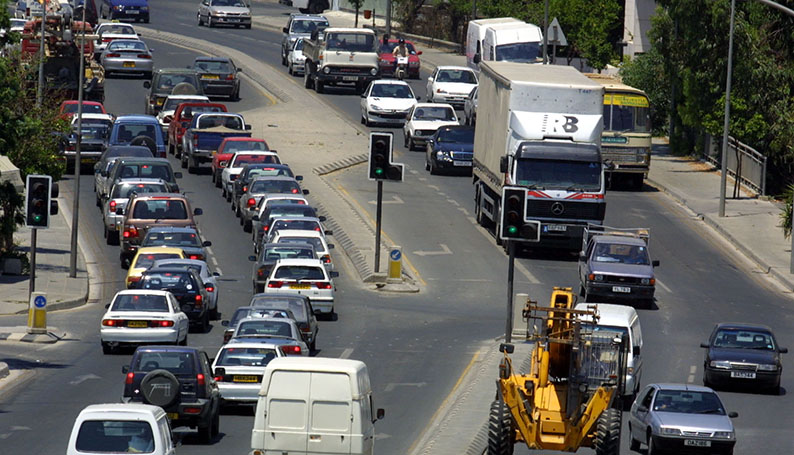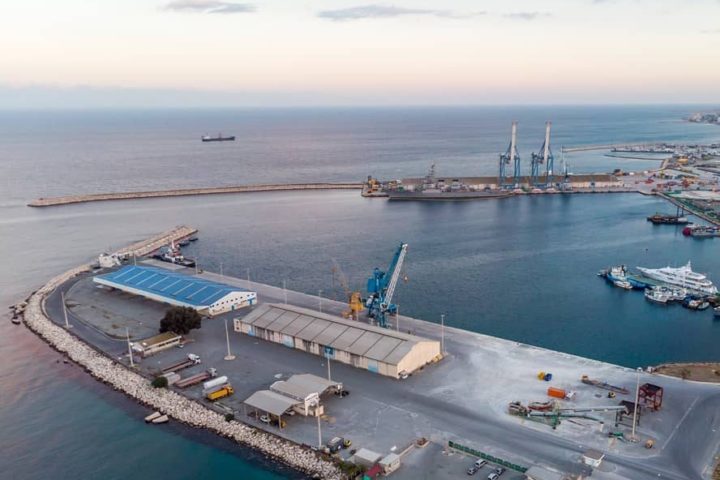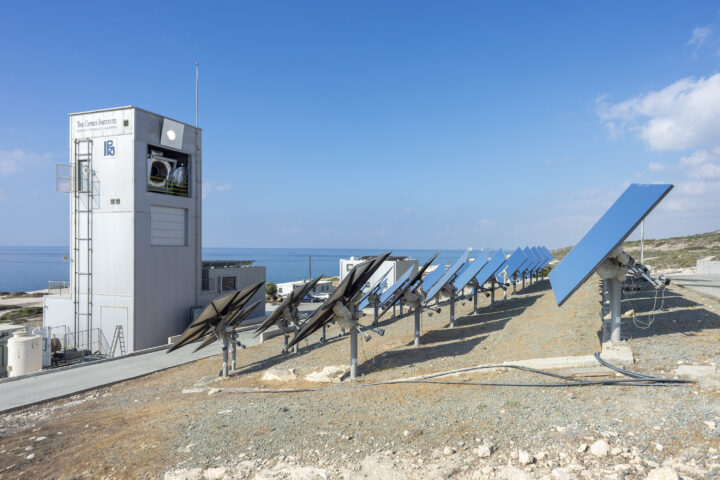Cyprus is laying plans to introduce a railway network to connect major towns while also favouring a tram system to ease urban congestion to buffer climate change.
In September, Transport Minister Yiannis Karousos told his EU colleagues during a digital conference on innovative rail transport, that Cyprus favours the resurrection of a railway line, but it won’t be anytime soon.
The last time Cyprus had a serviceable railway network was in 1950 while trams have yet to make an appearance in major towns despite several failed plans for the capital Nicosia.
In an interview with the Financial Mirror, Karousos said that his ministry is currently mulling the introduction of trams to start with, to respond to ever-increasing congestion on the roads.
“The Republic of Cyprus recognizes that railways can play an important role in improving the efficiency of the transport of goods and people, over short and long distances.”
“Cyprus is an island country and does not have a railway infrastructure yet.
“Despite this, we have carried out extensive studies and have future plans for the introduction of trams in dense urban areas as well as a railway connection that will connect the main cities as well as the international ports and airports of the island.”
The minister explained he was referring to feasibility studies made back in 2012 for the introduction of a railway system that would connect Cyprus towns.
“The first thing on our agenda is to offer better public transport in a bid to reduce the number of cars on our roads.”
He said 56,000 cars daily pass through the capital’s entrance at the Kalispera traffic lights.
Karousos said the focus is on building a bus network, laying bus lanes which in the future will also facilitate the tramway system.
“The Ministry is currently redesigning bus routes while working bus lanes on to the roads with the help of the University of Cyprus (UCY) which is preparing feasibility studies for new bus routes and lanes.”
One of the things the university is looking into is whether changing the time schedules of schools or public servants will help to limit worsening traffic congestion.
Karousos said authorities will be ready to start introducing bus lanes at the end of 2021.
“The next step will be to start planning the tramway system which will be using the bus lanes already in use”.
The Transport Ministry has held preliminary talks with representatives of the EU commission to investigate possibilities of securing grants for projects which are to be part of an EU network of railways between EU towns and cities.
Karousos said he is pleased with the passenger numbers on Cyprus buses over the past few years.
“This is one of the reasons why we are working on adding new routes and extending schedules of the existing routes.”
Clean air
Karousos said upgrading Cyprus public transport is not the only means to bring down traffic congestion it “will allow the capital and other cities to breathe”.
Part of the plan to decongest traffic in gridlocked capital is the construction of the Nicosia orbital motorway.
“The purpose is to alleviate traffic congestion at the entrance to Nicosia, providing an alternative route and connecting the south-eastern and southwestern suburbs of the capital, without requiring the passage of vehicles through Spyros Kyprianou and Kalamon avenues”.
Due to increased traffic during the morning rush hour and the weekend return from the beach, the section of the A1 motorway (Nicosia-Limassol) between the entrance of Nicosia and the intersection with the A2 motorway (Nicosia-Larnaca) was upgraded in 2012 to a 6-lane road.
However, this has not prevented rush-hour bottlenecks at the entrance of Nicosia.
The first phase of the capital’s orbital motorway is to be completed by March 2023 at a cost of about €74 mln.
Phase A1 of the new project includes a 7.5 km-long stretch linking the existing A1 motorway with the industrial area of Dali and Tseriou Avenue via the Lakatamia industrial area.
It also includes 10 km of connecting roads and three elevated intersections to facilitate connections to the existing road network.
“The project has already been awarded €23 mln in grants from the EU while obtaining positive comments for the third phase which is to cost another €80 mln.”
The project has not been affected by the coronavirus fallout.
Introducing smart traffic lights is another ace up the ministry’s sleeve.
“We plan to introduce 160 smart traffic lights in the coming years to alleviate traffic across the island.
These traffic lights will be connected to cameras, radar systems or sensors beneath the road, any of which can detect cars and trigger a light to turn from red to green.”
A UCY simulation has shown that waiting time at the Ayia Fyla traffic lights in Limassol will be cut by 54% using this technology, alleviating a large part of traffic congestion at a crucial point in the town.
Karousos said his Ministry is still committed to encouraging people to trade in their old cars for a greener vehicle in a bid to cut down on CO2 emissions.
Despite having to axe an incentive scheme for people to scrap their older cars in favour of a newer greener one, due to the financial impact of coronavirus, the ministry will be introducing a similar scheme soon.
“Unfortunately, the coronavirus outbreak and the crisis that followed meant that some government incentive schemes had to be cut.
However, we remain committed to making Cyprus roads greener and we will be introducing a new incentive scheme, encouraging people to buy electric cars.”










